Mysterious 12-Foot ‘Doomsday Fish’ Found In California

A strange and awe-inspiring discovery has been made off the coast of California – a 12-foot oarfish, often dubbed the ‘Doomsday Fish.’
These rare and mysterious creatures have long fascinated marine biologists and the general public alike.
Its reappearance has sparked curiosity and debate, reminding us how little we truly know about the mysteries lurking beneath the ocean’s surface.
1. The Legendary Creature

The oarfish is a mysterious creature surrounded by myth and legend. Growing up to 56 feet long, it holds the title of the world’s longest bony fish.
In ancient times, oarfish sightings were thought to be omens of impending disasters, particularly earthquakes, earning them the chilling nickname “Doomsday Fish.”
While many still believe in this eerie connection, no scientific evidence has ever confirmed the link.
With a ribbon-like body, silver scales, and a dorsal fin that runs its entire length, the oarfish glides through the water in a mesmerizing, wave-like motion.
Despite its massive size, it’s a gentle giant, feeding mostly on plankton and small crustaceans.
2. Why So Rare?

Oarfish sightings are extremely rare, typically happening when these deep-sea giants are sick or dying, causing them to drift into shallower waters.
The recent discovery of a 12-foot-long oarfish on a San Diego beach was a remarkable event, attracting crowds of curious onlookers. In fact, only about 20 oarfish have surfaced in California over the past century.
Such rare encounters offer scientists a unique chance to study these elusive creatures up close, though the reasons behind their beaching remain a mystery.
This latest sighting has renewed discussions about ocean health and the secretive lives oarfish lead in the deep.
3. A Living Ribbon
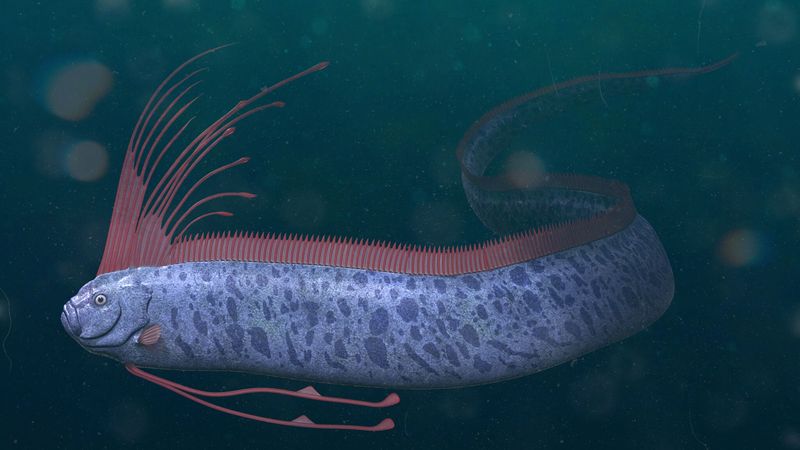
The oarfish’s body resembles a giant, silver ribbon gliding effortlessly through the ocean depths.
This unique anatomy is perfectly suited for life in the deep sea, allowing the fish to navigate the dark, pressure-heavy environment.
Unlike many fish, the oarfish swims by undulating its long dorsal fin, creating a graceful, wave-like motion. This movement is both mesmerizing and efficient, conserving energy as the oarfish searches for food.
This fascinating locomotion has captivated scientists and nature enthusiasts alike, highlighting the incredible adaptations of life deep beneath the ocean’s surface.
4. Deep Sea Habitat
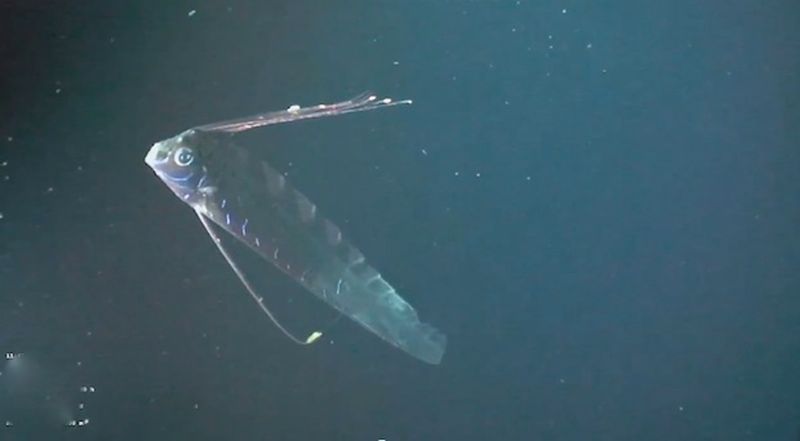
Oarfish inhabit the mesopelagic zone, often referred to as the twilight zone, ranging in depths from 656 to 3,280 feet.
This realm is characterized by minimal light penetration, creating a shadowy, mysterious atmosphere.
The oarfish’s habitat is teeming with other deep-sea wonders, including bioluminescent organisms and bizarre marine life forms.
The scarcity of light has led to remarkable adaptations, allowing these creatures to thrive in extreme conditions.
Research into the oarfish’s habitat provides insight into the complex ecosystems far below the ocean’s surface, emphasizing the need for conservation efforts.
5. Myth And Culture

Throughout history, the oarfish has sparked the imagination of sailors and inspired tales of sea monsters. Its unusual appearance and rare sightings fueled legends of gigantic serpents lurking beneath the waves.
Many cultures viewed the oarfish as a harbinger of doom or a sign from the gods, often associating its appearances with natural disasters like earthquakes.
These myths have persisted through generations, showcasing humanity’s fascination with the unknown and the vast, unexplored ocean.
Modern science has unraveled some mysteries, but the oarfish continues to captivate our collective imagination.
6. Biological Marvel
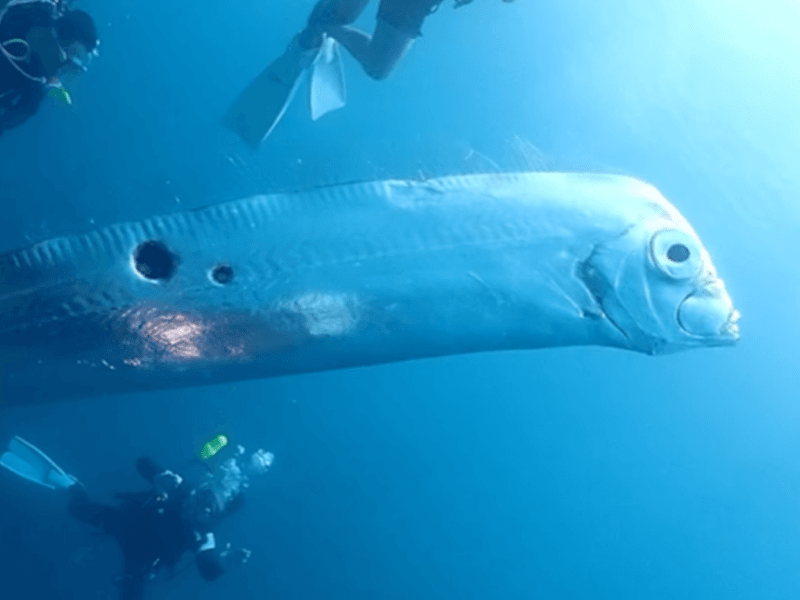
The oarfish’s anatomy is a marvel of evolutionary adaptation. Its elongated body and large eyes are perfect for detecting faint light in its deep-sea habitat.
A long, red dorsal fin extends from its head to its tail, while its small, toothless mouth is designed for filter-feeding on tiny organisms. These adaptations allow the oarfish to thrive in its unique niche.
Understanding the biology of the oarfish sheds light on the intricacies of deep-sea life and the evolutionary pressures that shape these extraordinary creatures.
Each feature serves a purpose in its survival and ecological role.
7. Feeding Habits
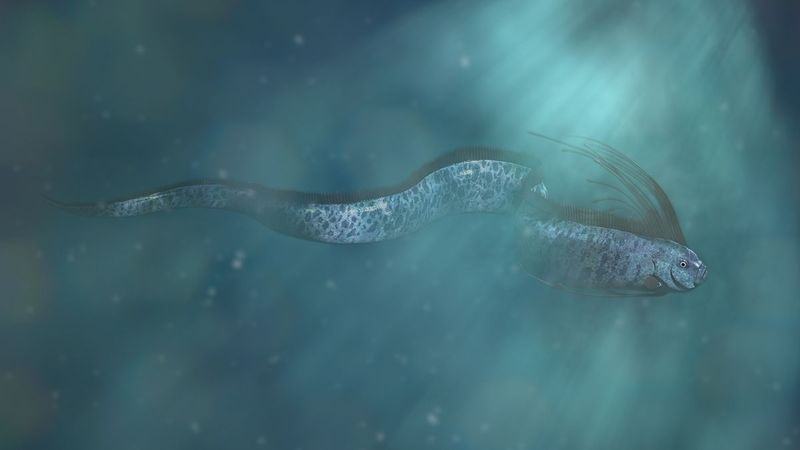
Despite its imposing size, the oarfish is a peaceful creature with a diet consisting mainly of plankton and small crustaceans.
Its feeding method is as gentle as its nature, filter-feeding through gill rakers to capture tiny particles from the water. This method allows the oarfish to sustain itself in the nutrient-poor depths of the ocean.
Observing the oarfish’s feeding habits provides insight into the food chain dynamics of its deep-sea environment, highlighting the delicate balance that sustains these giant fish and their ecosystem.
8. Oarfish Lifecycle
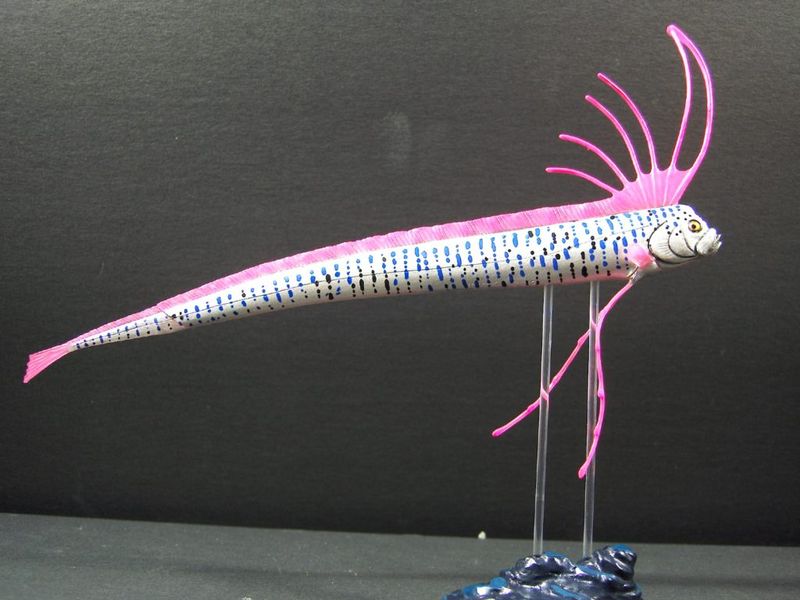
The lifecycle of an oarfish is as mysterious as the fish itself. Little is known about their breeding habits or early development stages as they remain hidden in the ocean’s depths.
Oarfish larvae are rarely observed, but they are known to undergo significant transformations as they mature. Juveniles bear little resemblance to adults, showcasing the drastic changes they undergo.
Studying the lifecycle of the oarfish can unravel secrets of deep-sea reproduction and growth, offering a glimpse into the hidden complexities of marine biology.
9. Scientific Significance
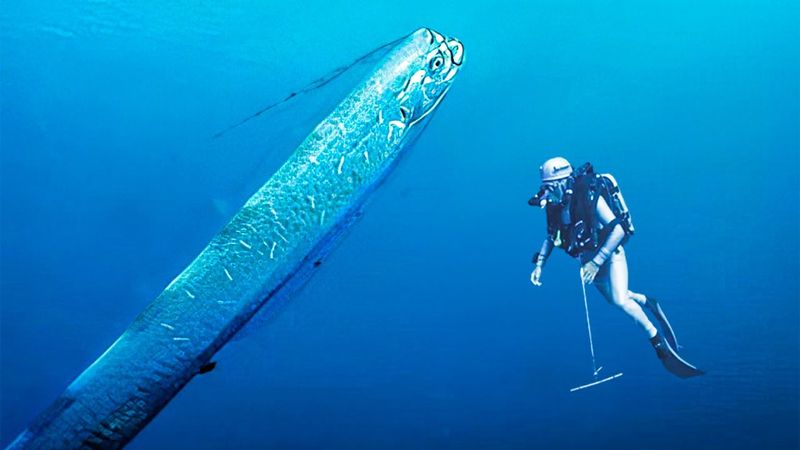
The discovery of an oarfish offers a rare chance for scientific study, providing valuable insights into deep-sea biology and ecology.
By analyzing specimens, researchers can learn about the oarfish’s anatomy, diet, and role in the marine ecosystem. Such studies contribute to a broader understanding of oceanic life and environmental changes.
These discoveries highlight the importance of preserving marine biodiversity and advancing our knowledge of the natural world, motivating ongoing research and conservation efforts.
10. Conservation Concerns
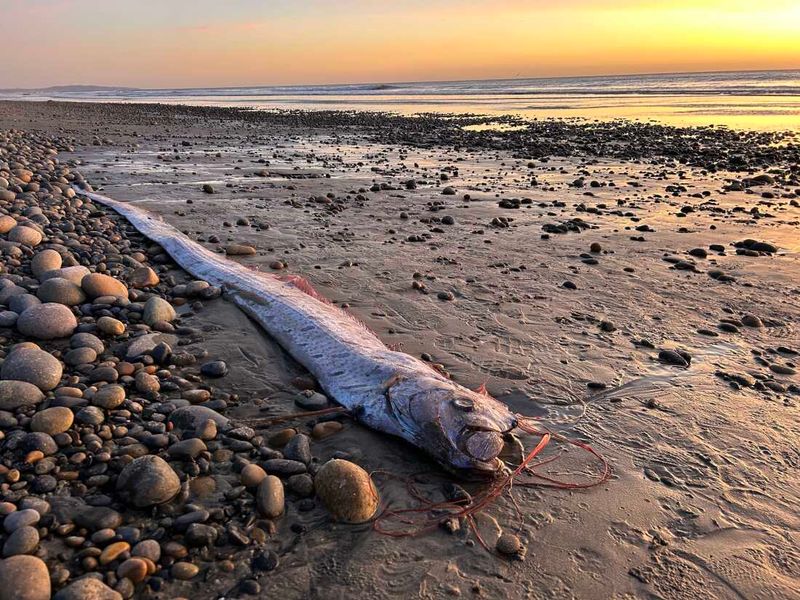
The presence of oarfish in shallower waters may signal changes in ocean conditions, raising concerns about the health of marine ecosystems.
Conservationists emphasize the importance of protecting ocean habitats to preserve the biodiversity and balance of life. Human activities like pollution and overfishing threaten these delicate environments.
Raising awareness about the oarfish and its ecosystem can drive efforts to safeguard our oceans, ensuring these majestic creatures continue to thrive for future generations.
Protecting them helps maintain the intricate web of life that sustains our planet.






